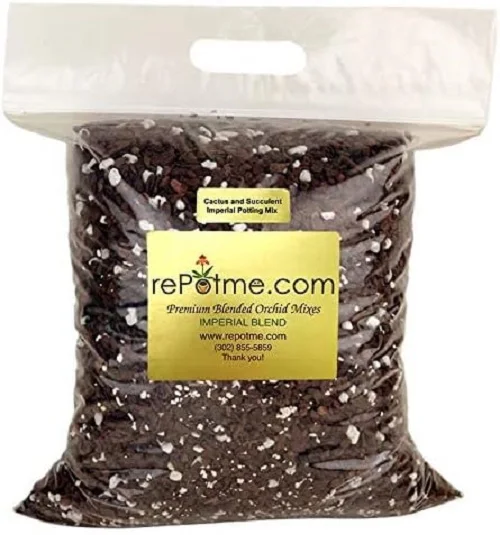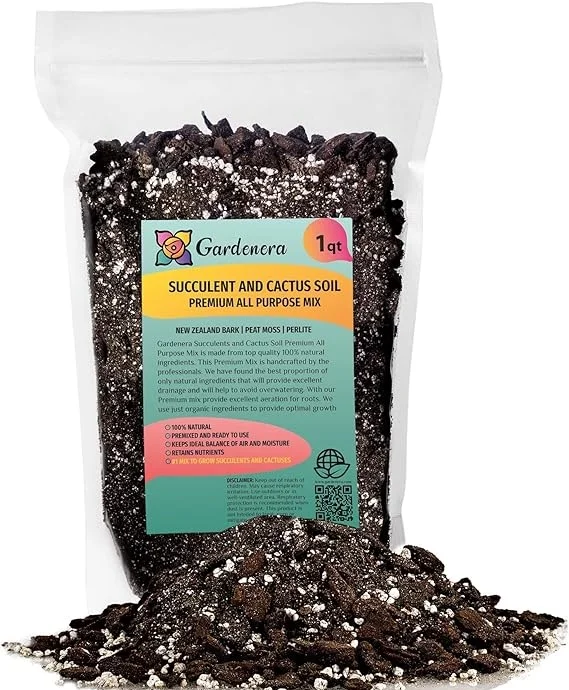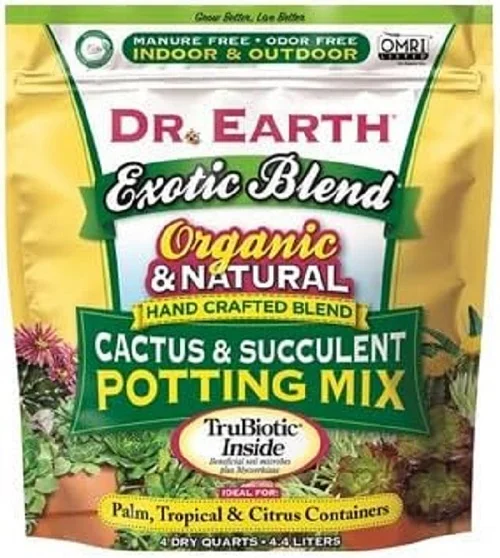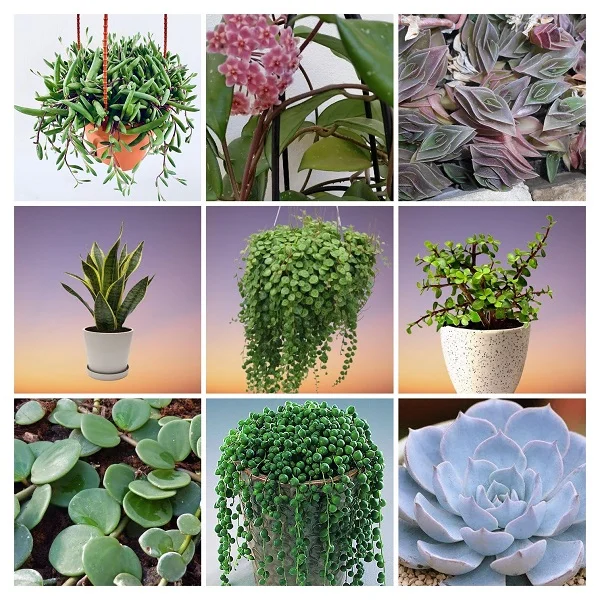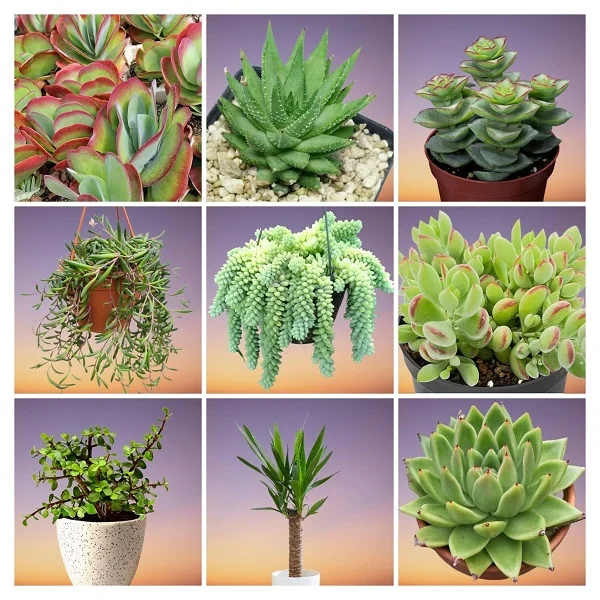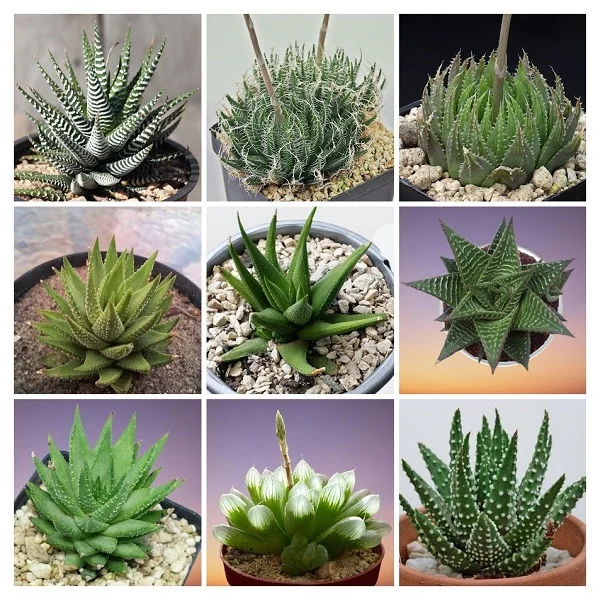How to Grow and Care for Gasteria baylissiana Indoors
Some links in this post may be affiliate links
Gasteria baylissiana requires bright light with some direct sunlight, average warmth, moderate humidity and moderately moist, rich, well-drained, succulents soil coupled with monthly feeding in the growing season.
Gasteria baylissiana is one of the popular Gasteria varieties whose strap-shaped leaves are swollen, convex, rough, leathery and densely covered in tiny, white, truncate tubercles.
The leaves are arranged in two rows forming a fan-like shape which become elongated in shade while in sunnier conditions they remain short and compact.
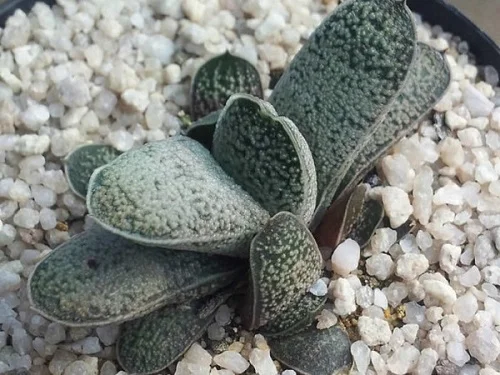
Botanical name: Gasteria baylissiana
Family: Asphodelaceae
Sufamily: Asphodeloideae
Origin
Gasteria baylissiana is native to a deep gorge within the Albany Thicket in Eastern Cape, South Africa.
Flower
The inflorescence in Gasteria baylissiana is borne on a stem up to 14 in. long which bears a row of bell-shaped, bright pink and green flowers which are unusually inflated.
Toxicity
Gasteria baylissiana are non-toxic to both humans and pets. They are safe to grow in the home.
Where to Buy
If you would like to add these plants to your collection. Check them out on Etsy (Link to Etsy).
Gasteria baylissiana Care Indoors
Gasteria baylissiana thrives in bright light with 6-8 hours of direct sunlight, average warmth of 18-290C, moderate humidity of 50-55% and moderately moist, fertile, well-drained, succulents soil coupled with monthly feeding during the growing season.
Gasteria baylissiana repotting is done during the growing season only necessary when the plant becomes pot-bound. Keep reading for more on these growing conditions and how to achieve them.
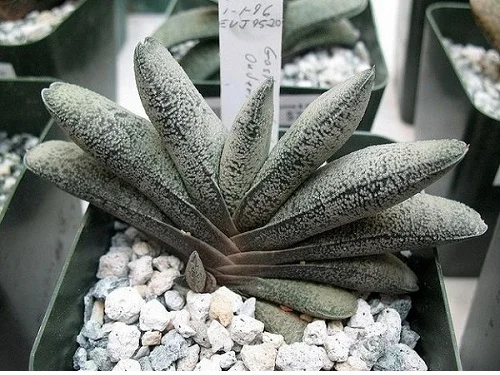
Light Requirements
Gasteria baylissiana grows best under bright light with 6-8 hours of direct sunshine. Avoid exposing the plant to too hot sunlight before acclimating it, as it can get sun scorched.
It can be grow under grow lights where natural light is not sufficient. Check out these full spectrum grow lights on Amazon.
Rotate the pot regularly to make sure that the plant receives light on all sides for a uniform growth and avoid lopsided growth.
Watering
Water Gasteria baylissiana thoroughly during the growing season while allowing the top 2-3 inches of soil to dry out between waterings to maintain the soil moderately moist.
Significantly, reduce watering during the cold season as growth is minimal at this time to keep the soil slightly moist but do not allow the soil to dry out completely.
Ensure that the pot has a drainage hole to prevent the soil from getting soggy as it can result in rotting and death of the plant.
Avoiding wetting the center of the rosette as it can lead to rotting. Watering from the bottom is a better option. Use water that is at room temperature to avoid plant shock as it can cause reduced growth.
Temperature and Humidity
Average warmth of 18-290C are ideal for Gasteria baylissiana. The sudden change in temperature between day and night is excellent for the growth of this succulent.
Keep it away from drafts to avoid stunted growth. Gasteria baylissiana has no need for extra humidity. Average humidity of 50-55% is ideal for this succulent.
Potting Medium
The best potting mix for Gasteria baylissiana should be rich in organic matter, loose and free-draining to avoid getting soggy soil. The soil should be loose enough to allow water to drain out fast enough. Cactus and succulents soils are ideal for these plants.
Fertilizer
Feed Gasteria baylissiana monthly during the growing period with a balanced, water-soluble fertilizer as they are slow growing and therefore do not need frequent feeding.
Do not feed in the cold season as growth is reduced at this time, thus, the plant does not need it. Feeding at this time can result in fertilizer burn and eventual death of the plant.
Repotting
Repot Gasteria baylissiana at the beginning of the growing season only when the plant becomes pot-bound. Use a shallow rather than a deep pot as they have shallow roots.
The pot should be only 1 size larger than the current one. Ensure that the pot has a drainage hole to prevent the soil from getting soggy as it can lead to root-rot. Take a look at these succulents pots available on Amazon.
Pruning
Pruning Gasteria baylissiana involves removal of dead or diseased leaves to maintain the plant neat as well as discourage pest and disease infestations. Cut the leaf at the base with a sharp knife or a pair of pruning scissors to detach it from the stem. Avoid excessive injury to minimise fungal and bacterial infections.
Propagation
Gasteria baylissiana can be propagated from offsets (pups) which form at the base of the plant.
How to Propagate Gasteria baylissiana from offsets (pups)
Select an offset which has several leaves and carefully seperate it from the mother Gasteria baylissiana by cutting with a sharp knife or a pair of scissors.
Allow the offsets to dry (callus) for 1-3 days before potting to prevent rotting.
Plant the offset in free-draining soil and ensure the pot has a drainage hole to prevent the soil from getting soggy.
Place the set up in a warm, brightly lit spot away from direct sunlight to prevent scorching.
Water sparingly, only when the soil is dry to avoid getting soggy soil as it can lead to root-rot.
Allow the new Gasteria baylissiana to be well established after which you can begin routine care.
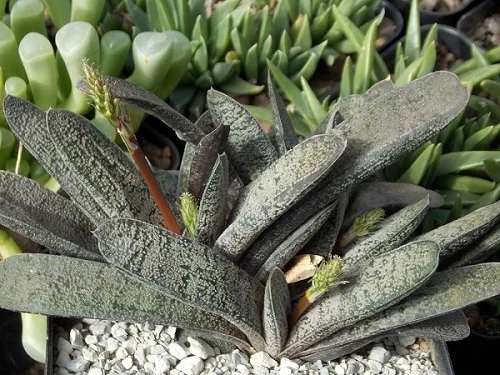
Gasteria baylissiana Problems
Gasteria baylissiana problems include drooping, wilting, leaf spots, rotting, discoloration, pests and diseases among others. Keep reading for more on these problems and how to fix them.
Pests
Common Pests in Gasteria baylissiana are scales and mealy bugs. Isolate the affected plant to prevent spread to other houseplants and treat it appropriately for the pests. Read more on how to identify and get rid of pests in houseplants.
Wilted and drooping leaves
Underwatering is the cause of wilted and droopy leaves in Gasteria baylissiana. Immediately water the plant thoroughly and it should recover. Do not allow the soil to dry our completely, maintain it moderately moist during the growing season and slightly moist in the cold season. Learn more on how to water houseplants the right way.
Rotting base, yellowing and shriveled leaves
Basal stem rot disease due to overwet conditions is the cause of base rot followed by yellowing and shriveled leaves in Gasteria baylissiana. Remove and discard the infected parts to prevent spread to the rest of the plant.
Avoid overwatering during the cold season and reduce watering significantly to maintain the soil slightly moist. In addition, use a fungicidal solution ocassionally to water the plant to prevent infestation. Learn more on how to treat basal stem rot disease in houseplants.
Brown soft spots
Brown soft spots in Gasteria baylissiana are an indication of leaf spot disease which is enhanced by overwet conditions coupled with poor air circulation. Improve ventilation and ensure that there is proper air circulation for the plant.
Ensure that the pot has a drainage hole and the soil is free-draining to prevent it from staying too wet. In addition, avoid wetting the rosette of leaves or water from the bottom instead. Read more on how to treat leaf spot disease in houseplants.
Wilted and discolored leaves
Wilted and discolored leaves in Gasteria baylissiana are caused by overwatering during the cold season. Water the plant sparingly during the cold season and always allow the soil to almost dry out between waterings.
You liked it? Share on social media.
Recommended
Amazon Associates Disclosure
Homeplantsguide.com is a participant in the Amazon Services LLC Associates Program, an affiliate advertising program designed to provide a means for sites to earn advertising fees by advertising and linking to amazon.com.
